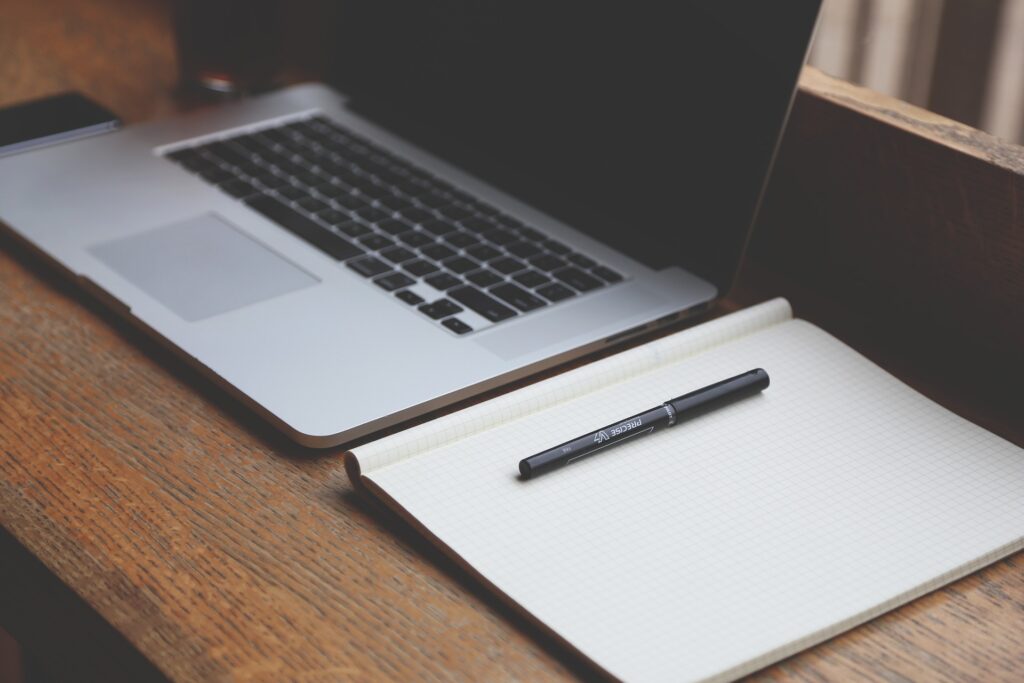
Learn and Retain Knowledge Using Effective Note-Taking
Effective note-taking is important in understanding new concepts. Whether you are in class or in a club meeting, knowing what should you take note of is critical to avoid any misunderstandings in the future. Note-taking has always been around and it is how knowledge is preserved, retained, and passed on. Nowadays, there are many techniques and strategies to take notes effectively, and you should have no problem finding the perfect fit for you.
Table of Contents
Why You Should Take Notes
Note-taking is proven to result in better learning and retention, with one study showing that students with note-strategy training performed better in listening tests. Not only does it provide you with something to review before exams, but it also gives you the chance to understand the lesson in your own way, through different note-taking techniques that you can adjust to your needs.
Note-Taking Formats
Technology has gone a long way in helping individuals take notes. There are many ways to take notes, but the most prominent of them all is the handwritten method. This simply requires a notebook and a writing instrument. Digital note-taking, on the other hand, takes the form of typing on your device, whether your phone, tablet, or laptop computer.
Both methods have their pros and cons. Handwritten note-taking is proven to help students retain more information, as opposed to digital note-taking, which tends to end up as just transcribing what the teacher is saying in class. However, digital note-taking allows for faster note-taking, easy editing, sharing, and even collaborating with other students in the class.
Effective Note-Taking Tips
Effective note-taking might sound intimidating, but it all boils down to taking down notes in the format that most appeals to you. Here are some tips in effective note-taking that will help in learning and retention:
Learn the Lesson Beforehand
Use the syllabus to prepare yourself mentally and physically for the class. Knowing the topic and basic terminologies will give you a headstart in note-taking.
Find Your Ideal Technique
There are many note-taking methods that range from simple, such as the sentence method, to more visual, such as the mapping method. Test out different note-taking techniques and find which one is not just suited for the class subject, but for yourself. Here are the most common note-taking methods, and how they should look like in your notebook:
- Sentence Method – This is simplest method and just involves taking down notes for each topic and starting with a new line as the lesson goes along.
- Cornell Method – This method requires you to divide the page into three sections: the bigger right side for general note-taking, the left side for your own thoughts or questions, and the bottom for the summary of the lessons.
- Mapping Method – Start by writing down the main topic inside a square or circle, and start creating a flowchart that connects to the main topic. Use headers and arrows to connect the ideas, giving you a visual idea of the lesson.
- Outlining Method – Use headings and bullet points to organize details in the lesson. This may seem simple, but it allows you to separate topics and ideas without missing out on the important details.
- Charting Method – This method uses charts or columns to organize details in the lesson. This is helpful for lessons with many details and categories.
Be Consistent
Make sure your notes are dated and take notes every session. This will help you in connecting the concepts by the end of the semester and understanding the lesson beyond terms and dates.
Use Shortcuts
Use abbreviations or shortened words. But be careful not to over do it as that can mean you won’t be able to decipher your shortcuts after the class. If your teacher sends slides of the lecture or other material, you can print those to prepare and even annotate on the print outs during lectures.
Listen Beyond the Lesson
At the beginning of the semester, your teacher will most likely say which lessons are critical to the entire class, or which topics will be covered in exams. Take note of these to ensure you pay attention to the most important lessons.
It’s Great to Collaborate
Find friends in class who can be your study buddies and compare notes with. They may have taken note of important ideas you missed out on, and vice versa.
Don’t Be Afraid to Ask Questions
If you don’t understand a certain topic, don’t hesitate to approach the teacher after class, during consultation hours, or via email, so they can clarify the concepts that you may need more help on.
Take Note!
Better learning and retention doesn’t stop with note-taking. Rather, consider effective note-taking as the first step towards better learning. Through your notes, you can a space that will let you interact in the class more, create shortcuts to retain knowledge, and understand concepts on a deeper level.
Effective note-taking does not have to involve multiple sets of highlighters, multi-colored pens, Instagram-worthy handwriting, or a high-tech tablet. It might sound intimidating, or you might feel you do not have enough skills for it, but all you need is your pen, paper, and a pair of ears to begin your way to better learning.
Sarah is an accomplished educator, researcher and author in the field of testing and assessment. She has worked with various educational institutions and organisations to develop innovative evaluation methods and enhance student learning. Sarah has published numerous articles and books on assessment and learning. Her passion for promoting equity and fairness in the education system fuels her commitment to sharing insights and best practices with educators and policymakers around the world.








